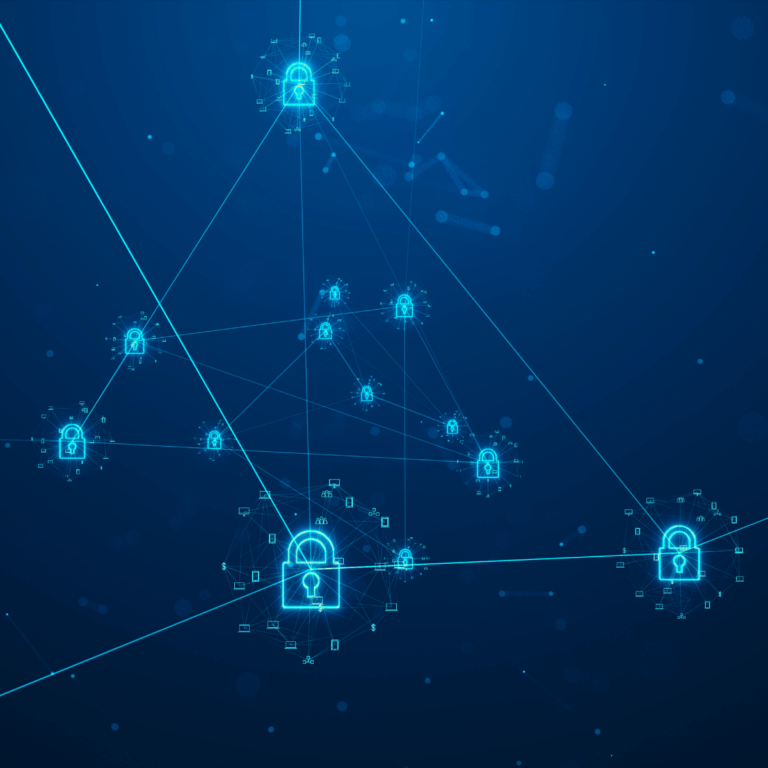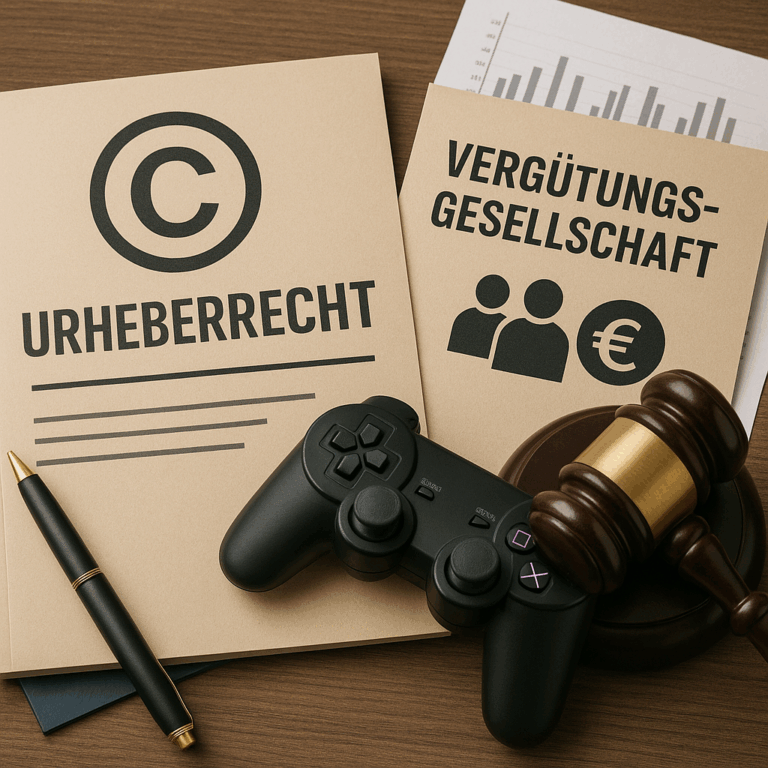From 01.01.2025, all companies must be able to receive, process and archive electronically structured invoices (“e-invoices”). In addition, from 2027 or 2028, only electronic invoices may be issued and sent. The simple PDF files that are already frequently used today do not meet these new legal requirements.
There is therefore an urgent need for action for almost every company – with some practical pitfalls.
Invoicing
In principle, companies are only obliged to issue invoices in B2B transactions. However, invoices must occasionally also be issued in the B2C sector, e.g. for services in connection with a property or work deliveries. Invoices must be stored in accordance with the principles of proper (IT-supported) accounting systems (abbreviation: GoBS) – generally for ten years. In future, this will also be required for the respective e-invoice in the form of a file in XML format.
In future, there will be virtually no alternative to sending invoices electronically in XML format.
Deadlines for the new eInvoice
In domestic business transactions in the B2B sector, companies are obliged from 01.01.2025 to initially only be able to receive, process and archive the new e-invoices. Failure to do so could result in fines as well as tax disadvantages, as only the original files of the received e-invoices may be used as evidence for input tax deduction.
From 01.01.2027, companies will also be obliged to send invoices in XML format only. Companies with a total turnover of up to €800,000 in the previous year are granted an extended implementation period and only have to use the XML format from 01/01/2028.
At first glance, the change in the law presents many companies with technical and organizational challenges – but in the medium term, time and cost savings should be achieved by eliminating the tedious “typing” of invoices. Invoices in XML format can be processed electronically because the invoice information is prepared in a standardized structure for data processing.
Implementation in practice
We recommend that you create processes for processing e-invoices now so that your company can comply with the legal requirements by the deadline of 01.01.2025.
If you would like to continue sending and receiving e-invoices by e-mail in future, at least for the time being, it may be advisable to set up an e-mail inbox exclusively for this purpose. This will then be made known – for example in your signature, on your homepage or on orders. In this way, you can avoid losing sight of e-invoices.
You may also be using the so-called EDI format (EDI = Electronic Data Interchange) directly. To exchange invoices in this format, you need your own software or interfaces provided for this purpose in existing invoicing software. Invoices are exchanged directly via these interfaces without the need to send them by email.
In any case, you will need software to display eInvoices. The Federal Ministry of Finance wants to provide a solution for this in the near future. Ideally, the software should also be able to create eInvoices so that you are prepared for 2027/2028, when you will only be allowed to send eInvoices.
It could be problematic that invoice recipients – even in 2027/2028 – may not yet be able to process e-invoices. Although you fulfill your legal obligations by sending and archiving an invoice in XML format, this does not mean that the invoice has been paid.
One solution is the hybrid format “ZUGFeRD” – a PDF with an integrated XML file. By sending it, every recipient would be able to read, process and therefore pay the invoice as before. If necessary, the ZUGFeRD PDF document created and archived in this way could also be sent by post. The XML file alone is difficult for a human to read – which could lead to processing difficulties. Your software should therefore also be able to handle this format.
You should also pay more attention to misuse in the near future: third parties could send you e-mail attachments with malware that employees click on because of the new, unfamiliar file extension. So check the sender of the e-mail and the e-invoice very carefully before you open any files.
As the processing of an eInvoice is now generally accompanied by data processing, you should also take care of data protection. Data subject information, processing directories and technical and organizational measures are required under data protection law.




